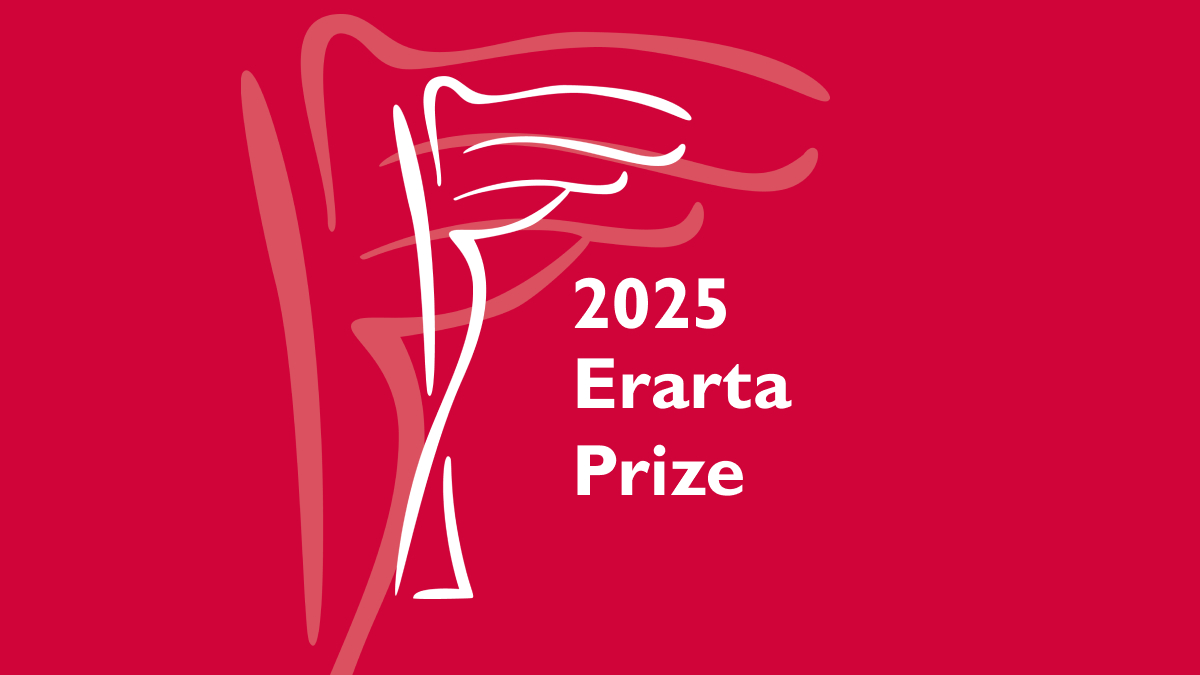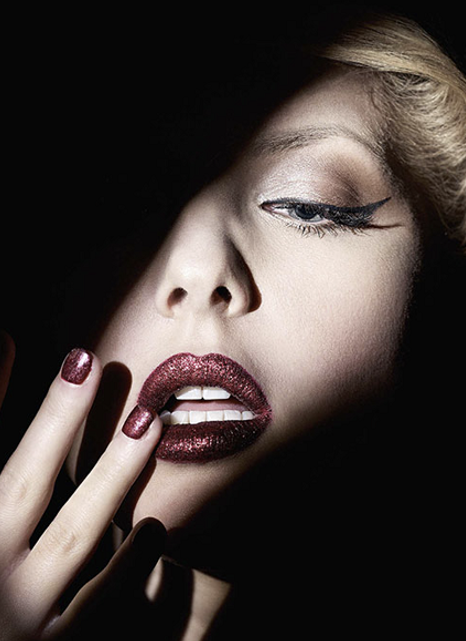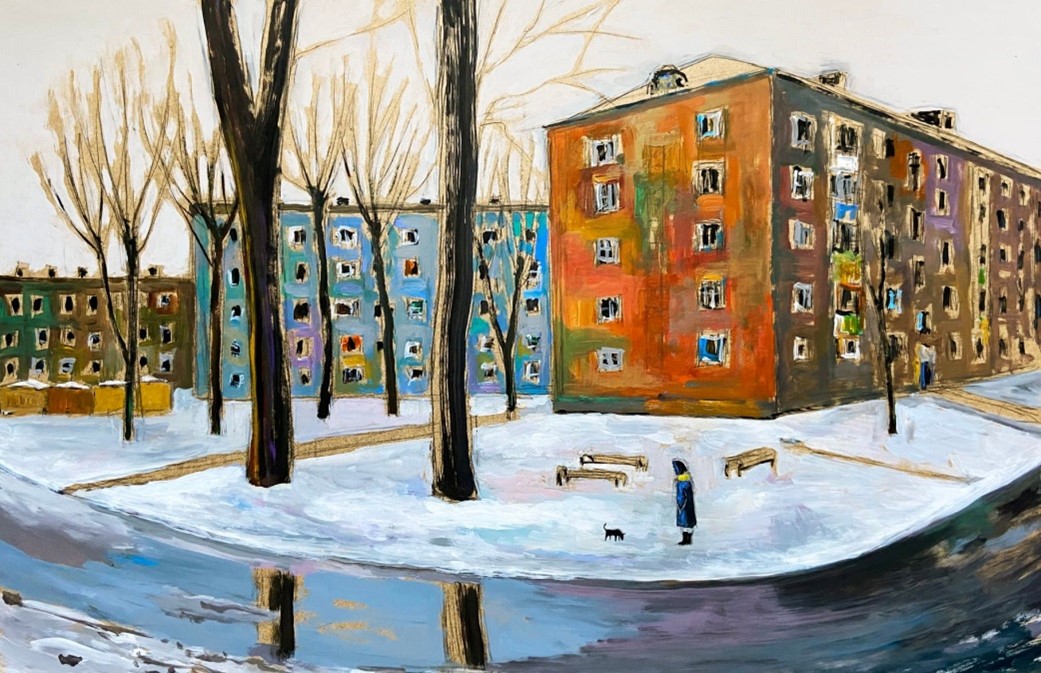Dalí's creative genius manifested in the third dimension, with the most famous and beloved iconographic images incarnated as monumental bronze sculptures
Erarta Museum proudly presents a sculptural show of the most famous Surrealist artist — Salvador Dalí. Aside from painting, Dalí was an interdisciplinary artist in every way, widely recognised as a writer, illustrator, jewellery designer, film maker and sculptor, and the aim of this exhibition is to delve into and explore the latter.
Surrealism as a movement was motivated by the founders’ and participating artists’ focus on challenging the viewer’s concept of rationality and pushing the boundaries of their imagination. Within his “The Surrealist Manifesto” of 1924, André Breton coined the term and noted that Surrealism aims to amalgamate the conscious and unconscious experience; the realms of dream and fantasy and reality, creating “an absolute reality, a surreality.”
Very well-known for his drawings and paintings, a major focus of Dalí’s overall oeuvre was the creation of a collection of bronze sculptures.
Limited by what he saw as the boundaries of two-dimensional canvas, Dalí turned to sculpture in order to manifest his Surrealist visions and artistic forms in space. Dalí himself created the original maquettes and designs to be cast in bronze during his lifetime, to be cast in bronze. All the sculptures were cast at famous international foundries in Europe and using the ‘lost wax method’. This method, also known as cire-perdue involves a pouring of molten metal into a mould that has been created by means of a wax model and once the mould is made, the wax model is melted and drained away.
Some of his most iconic paintings were reimagined in sculptural form and these are sculptures which will be on show in Erarta Museum next summer. Specifically, The Space Elephant, displayed here at almost 3 meters high in bronze echoes the 1946 oil on canvas painting The Temptation of St. Anthony. The Dalian elephants have multi-jointed thread-like legs and are typically depicted carrying objects on their backs. Elephants, according to Dalí, represent strength and the future especially if they are weighed down by obelisks, which are a symbol of power and domination. There is a level of otherworldliness and metaphysical imbalance, as the fragile spindly legs could not typically withstand the heaviness of the obelisk.
Perhaps the most well-known image associated with Dalí is that of the melting clock, as realised in his paintings such as The Persistence of Memory, 1931 and Melting Watch, 1954. Nobility of Time is the sculptural equivalent and will be displayed in monumental 4.9 meters form at the exhibition. The melting clocks represent the omnipresence of time and their dominion over humans, as well as the inevitability of time moving in one direction. Time reigns supreme over both art and reality.
This exhibition is a part of the Dalí Collection, which has been assembled by Beniamino Levi, President of the Dali Universe, an avid art collector and Salvador Dalí expert. The monumental sculptures on display at Erarta Museum have been shown across the globe from Place Vendôme in Paris (1995), Piazza dell’Accademia in Florence (2013), Rodeo Drive in Beverly Hills (2016) and Time Warner Center in New York (2010 — 2011).
Beniamino Levi was the first to bring some of the world’s most famous artists to fame in Italy, including Miró, Magritte, Masson, Kandinsky, De Chirico, Picasso, and Dalí. During a Surrealist exhibition at Levi’s gallery in the 1960s Levi met Dalí and from then on, he frequently travelled to see Dalí at his many residences in Paris, New York and his home in Spain. Fascinated by some early Dalí sculptures he had found and bought from a Paris gallery, Mr Levi encouraged the Surrealist master to once more express his artistic vision in sculptural form, commissioning Dalí to create a series of bronzes based on the artist’s most famous Surrealist images. Mr. Levi has lectured and written often on the subject, and has published a definitive book on the Dalí Sculpture Collection.
Exhibition curator – Dasha Vass
Biography:
Salvador Dalí was born on May 11, 1904, in Figueres, Spain. From an early age Dalí was encouraged to practice his art and was considered artistically precocious. In 1922, Dalí moved to Madrid in order to study at the Real Academia de Bellas Artes de San Fernando where he became well known for his eccentricity and dandyism. He was influenced by several different artistic styles, such as Cubism. Shortly before his final exams in 1926, Dalí was expelled from the Academy when he was accused of starting an unrest. During the 1920s, Dalí visited and worked in Paris, interacting with artists such as Picasso, Magritte and Miró, which led to Dalí's first Surrealist phase.
In August 1929, Dalí met his lifelong and primary muse, inspiration, and future wife Gala, who was a Russian immigrant and ten years his senior and they married in 1934.The rise of fascist leader Francisco Franco in Spain led to the artist's expulsion from the Surrealist movement, but that didn't stop him from painting and continuing his artistic output. Dalí died of heart failure at Figueres at the age of 84 in 1989.













